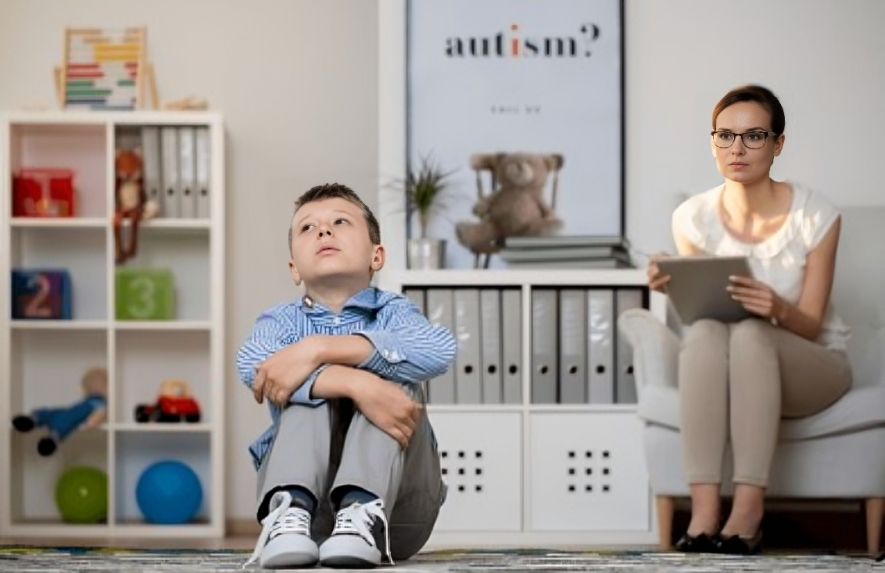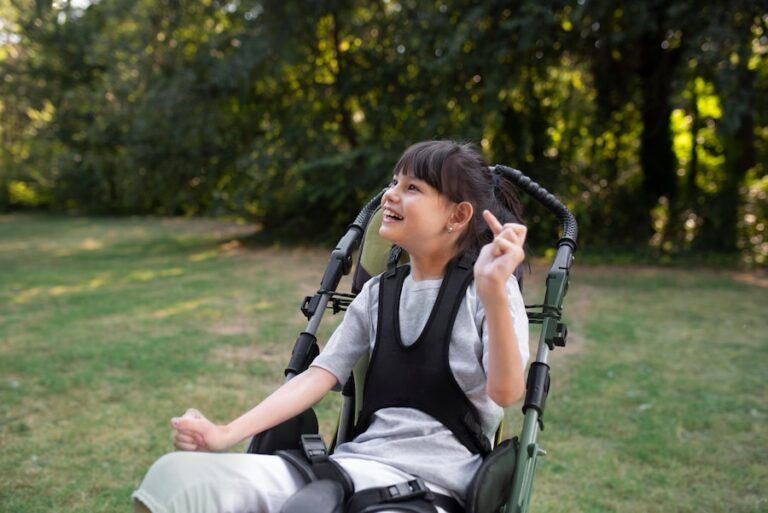The Future Of Autism Therapy: Stem Cell Research Offers New Hope
Autism Spectrum Disorder (ASD) affects millions worldwide, presenting challenges in communication, social interaction, and behavior. While there’s no definitive cure, advancements in medical research continually offer hope for improved therapies and better quality of life. One area showing remarkable promise is stem cell research. As scientists delve deeper into understanding the complexities of autism, stem cells emerge as a beacon of hope, potentially offering groundbreaking solutions. In this article, we explore the intersection of autism therapy and stem cell research, shedding light on the transformative potential it holds for individuals and families affected by ASD.
To Know More About It Please Click Here
Understanding Autism Spectrum Disorder
Before delving into the potential of stem cell therapy, it’s essential to grasp the multifaceted nature of ASD. Autism is a spectrum disorder, encompassing a wide range of conditions characterized by challenges with social skills, repetitive behaviors, speech, and nonverbal communication. Its causes remain largely unknown, although both genetic and environmental factors are believed to play significant roles. Currently, treatment focuses on therapies that address symptoms and improve quality of life, often involving behavioral, educational, and pharmaceutical interventions.”Autism Therapy In Vasundhara”
The Promise of Stem Cell Research
Stem cells, with their remarkable ability to develop into various cell types in the body, hold immense potential for regenerative medicine. Stem cell research offers a unique avenue for understanding and potentially treating neurological disorders like autism. Scientists envision using stem cells to model autism in the laboratory, providing valuable insights into its underlying mechanisms. Additionally, stem cell-derived therapies hold promise for repairing damaged neural circuits and promoting neurodevelopmental processes crucial for individuals with ASD.
Modeling Autism in the Lab
One of the most significant applications of stem cell research in autism therapy lies in the ability to create accurate models of the disorder in the laboratory setting. Induced pluripotent stem cells (iPSCs), derived from patients with autism, can be coaxed into becoming neurons, allowing researchers to study how these cells function and communicate. By comparing neural activity and connectivity between neurons derived from individuals with autism and those without, scientists can pinpoint differences that may contribute to the disorder’s development. These insights are invaluable for unraveling the complexities of autism and identifying potential targets for therapeutic intervention.”Autism Therapy In Vasundhara”
Developing Personalized Therapies
Another promising aspect of stem cell research in autism therapy is the potential for personalized treatments. By generating iPSCs from individuals with autism, researchers can create patient-specific cellular models, enabling tailored approaches to therapy. These personalized models can be used to screen for drugs that normalize cellular function or to develop cell-based therapies tailored to the individual’s unique genetic and cellular profile. Such targeted interventions hold the promise of improved efficacy and reduced side effects compared to conventional treatments, paving the way for more effective management of ASD symptoms.
Stem Cell-Derived Therapies
Beyond modeling and drug discovery, stem cell-derived therapies offer direct avenues for treating autism. Researchers are exploring various approaches, including transplantation of healthy neural cells to replace damaged or dysfunctional ones, modulation of neural circuits through targeted cell-based interventions, and enhancement of neurodevelopmental processes to promote improved cognitive and behavioral outcomes. While these approaches are still in the experimental stages, early results show promise in preclinical studies and animal models, spurring optimism for their potential clinical application in the future.
Challenges and Ethical Considerations
Despite the immense promise of stem cell research in autism therapy, significant challenges and ethical considerations remain. Technical hurdles, such as ensuring the safety and efficacy of stem cell-based therapies, must be addressed through rigorous preclinical testing and clinical trials. Additionally, ethical concerns surrounding the use of human stem cells, including issues of consent, privacy, and equitable access, necessitate careful consideration and regulation. Balancing the potential benefits of stem cell research with ethical principles and societal concerns is crucial to realizing its full potential in improving the lives of individuals with autism.
Looking Ahead: A Vision of Hope
As our understanding of autism deepens and stem cell research advances, the future holds immense promise for transformative therapies that address the underlying mechanisms of the disorder. While challenges remain, the convergence of cutting-edge science, innovative technologies, and unwavering dedication offers hope for a brighter future for individuals and families affected by ASD. By harnessing the power of stem cells to unravel the mysteries of autism and develop targeted therapies, we can unlock new possibilities and pave the way towards a world where every individual can thrive, regardless of their neurodevelopmental differences.”Autism Therapy In Vasundhara”
Also, Follow us on Instagram








